Date of Award
Spring 2017
Project
Capstone - Open Access
Concentration
Community Health Education
Degree Name
Master of Science (MS)
First Advisor
Sarah Benes
Abstract
Background: Teachers struggle communicating ideas to students (Moreno et al, 2001). One of the aspects of teaching that’s most concerning is when students experience cognitive overload: the total effort exerted by working memory to grasp new information (Mayer, et al, 2002). The educational community found that introducing multimedia in learning minimizes cognitive overload (Mayer, et al, 2002). Little research has related to undergraduate chemistry classes, specifically the relationship between organic chemistry pre-laboratory multimedia and student learning. Purpose: The purpose of this capstone is to investigate the subjective efficacy of integrating pre-laboratory videos for lab preparation in an undergraduate organic chemistry laboratory setting. Research Questions: Do organic chemistry students find pre-laboratory videos with corresponding questions to be useful in a laboratory setting? Methods: All undergraduate students enrolled in Organic Chemistry II who attended class the day the investigator arrived to class listened to a verbal announcement and were provided an informed consent form. Students were categorized into four laboratory sections. Sections A and B were given the first pre-lab video with 5 pre-lab questions for the first lab experiment, while sections C and E didn’t receive anything. For the second consecutive lab experiment, sections C and E were given the second pre-lab video with 5 pre-lab questions while sections A and B didn’t receive anything. Consenting students were then provided an anonymous survey asking for their subjective feedback on how effective they thought the MM treatment was. Collected data was organized and analyzed by looking at the number and percentage of students who responded “Highly agree, Agree, Neutral, Disagree, Highly Disagree” to the survey questions. Results: The data shows that 34 of the 44 students enrolled in Organic Chemistry II (77%) consented to take part in the study, and 24 students responded to the survey, representing 54.5% of the total 3 population and 70.6% of the consenting students. 4-11 students answered “Highly Agree” to questions in the survey, 10-16 students answered “Agree”, 1-7 students answered “Neutral”, and 1 student answered “Disagree”. The average scores of the questions ranged from 4-4.39, with the standard deviation ranging from 0.59-0.83. Discussion: The data supported and added to past research in that multimedia is effective using narration, text, pictures, and videos together, using an appropriate level of educational and entertaining components can be effective in a learning environment, multimedia is helpful with instructional type tasks and in science environments, students liked the videos/question combinations, and multimedia seems to lower cognitive load. This research suggests multimedia should be used in teaching/academia, and undergraduate science students benefit from using multimedia. Limitations included time constraints, as student academic performance wasn’t collected, students may have received videos on procedures they’re already familiar with, the survey wasn’t validated, and cognitive load wasn’t directly measured. Conclusion: Science undergraduate level educators are encouraged to utilize MM in their teaching methods. Future research should focus on extending the time frame of the study, and studying the effects multimedia plays on students in different subjects and in different levels of classes.
Recommended Citation
Kotb, Shareef Gamal Mohamed, "Investigating the Effects of Pre-Laboratory Videos with Associated Questions on the Performance and Overall Laboratory Experience of Organic Chemistry Students" (2017). Health Sciences Student Work. 1.
https://scholarworks.merrimack.edu/hsc_studentpub/1
Included in
Higher Education Commons, Laboratory and Basic Science Research Commons, Organic Chemistry Commons

